2021 - 2022
(Se)mentes: Supporting Brazilian Black Community
How design can play a strategic role and define the evolution of an educational project, one step at a time.
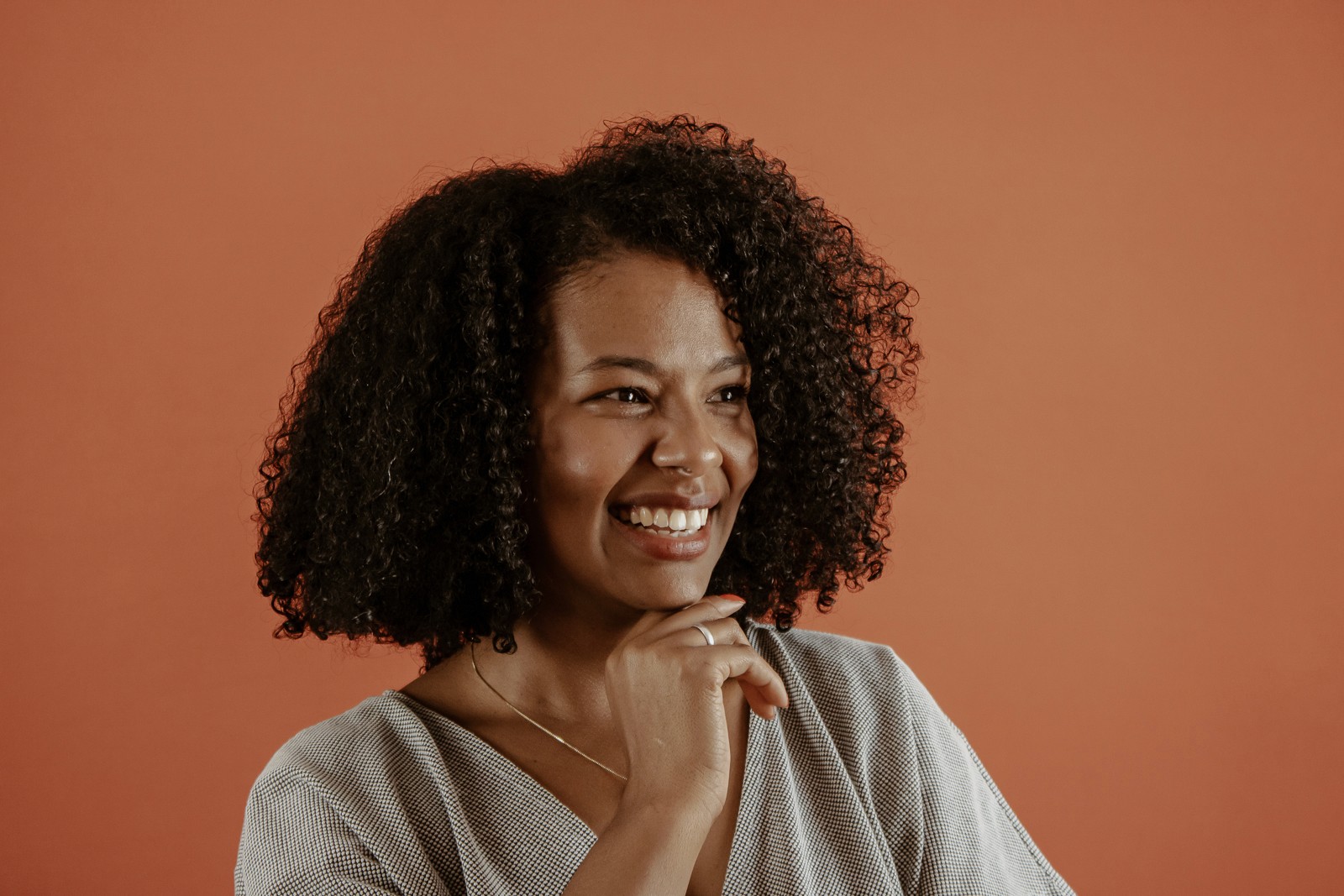
My Role:
Principal Product Designer
Special Thanks:
Thais Gellert, Daniel Prata, Ana Garzon, Wilson Tayar.
Duration:
4 months
Challenge:
Tera, a digital school in Brazil that teaches PMs and Designers about product development, leadership and business, faced the challenge of a limited growth model and decided to reposition itself in the online education market.
Objective:
Instead of selling individual live courses, we wanted to create a dynamic platform business offering a modular education content system. This system would empower learners to shape their educational journey according to their objectives and amplify the number of offers available to evolve.
The arc system:
We aimed to create a modular, flexible structure that accommodated micro-learning and in-depth pursuits. The arc concept was introduced as the foundational building block that embodied the learning journey.
The minor arc possible in the system is classes. These classes could be combined to form more significant arcs called modules, courses, and an extended certificate. This approach allowed learners to engage with educational content in scalable formats that fit their objectives and challenges, offering a personalized and dynamic learning experience.
We believe education is better when encountering people with different backgrounds and stories face problems together. Because of this, during the redesign, we preserve scalable, optional, live digital touchpoints with experts for large arcs, such as courses and certificates, to foster student collaboration and networking. Tera is recognizable for these live classes, a significant way to differentiate from competitors.
Process:
For the project, I assembled a cross-functional team of designers, educators, copywriters, project managers, and developers who collaborated over four months to refine and implement the arc concept. Through extensive testing and iterations with students, we validated the perceived value and alignment with Jobs-to-be-Done (JTBD), ensuring the modular system's adaptability to diverse learning needs.
Outcome:
After validating the methodology, we captured +500 hours of content—a massive investment that significantly impacted the business in the medium and long term.
The introduction of the modular arc system marked a transformative shift for Tera. Learners now had the freedom to engage with small or large arcs tailored to their preferences and aspirations. This flexibility attracted a wider audience, leading to a significant growth in student enrollment. The successful pivot from courses to a scalable platform showcased the adaptability and resonance of the arc concept in meeting the evolving demands of the education landscape.
Conclusion:
In embracing the modular arc approach, we addressed the immediate challenge and established a forward-looking educational model. Our success underscores the importance of conceptual innovation, collaborative design processes, and an understanding of learners' evolving needs. The arc concept has not just reshaped our offerings; it has redefined our company's growth trajectory, emphasizing the inherent complexity of education while making it accessible and personalized for every learner.
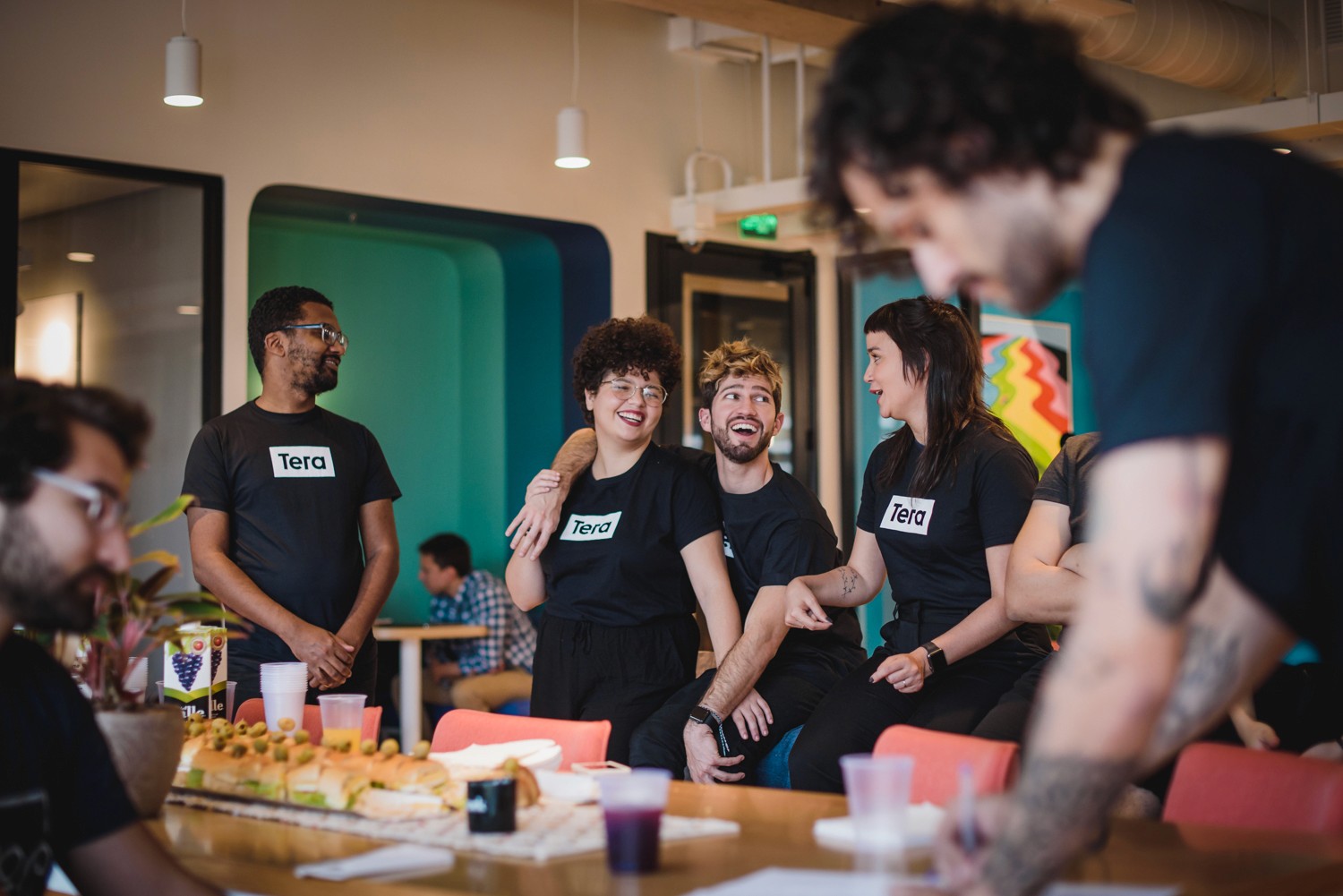
During my time at Tera, I enjoyed conducting brainstorming sessions to develop strategic plans that met both user needs and business goals.
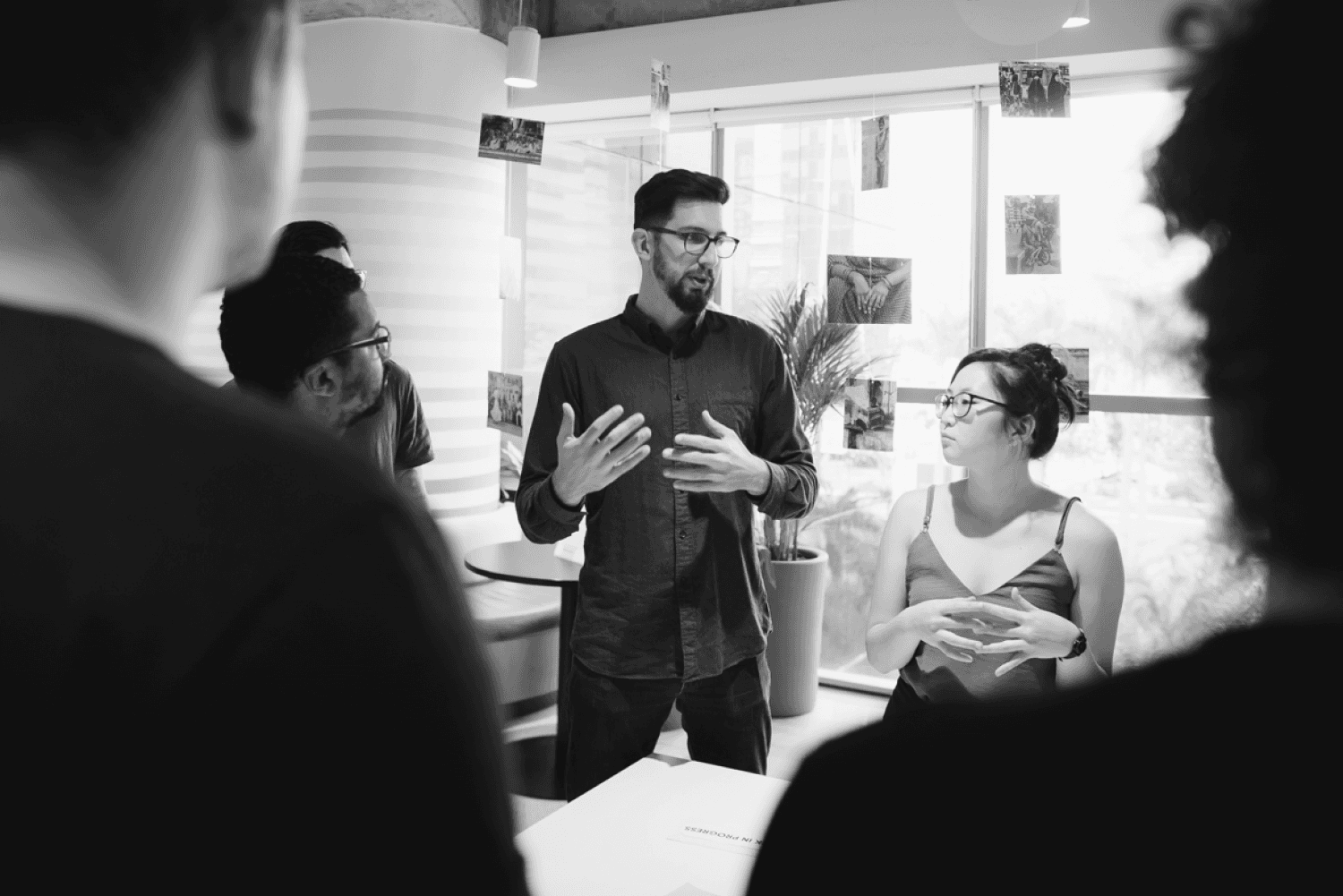

Branding is a crucial aspect of startup culture, and Tera's stickers are a popular way for both students and experts to display their commitment to lifelong learning.
Tera students also have the opportunity to share their Certification of Conclusion on Linkedin, which has since been copied by all other schools in Brazil's education segment.
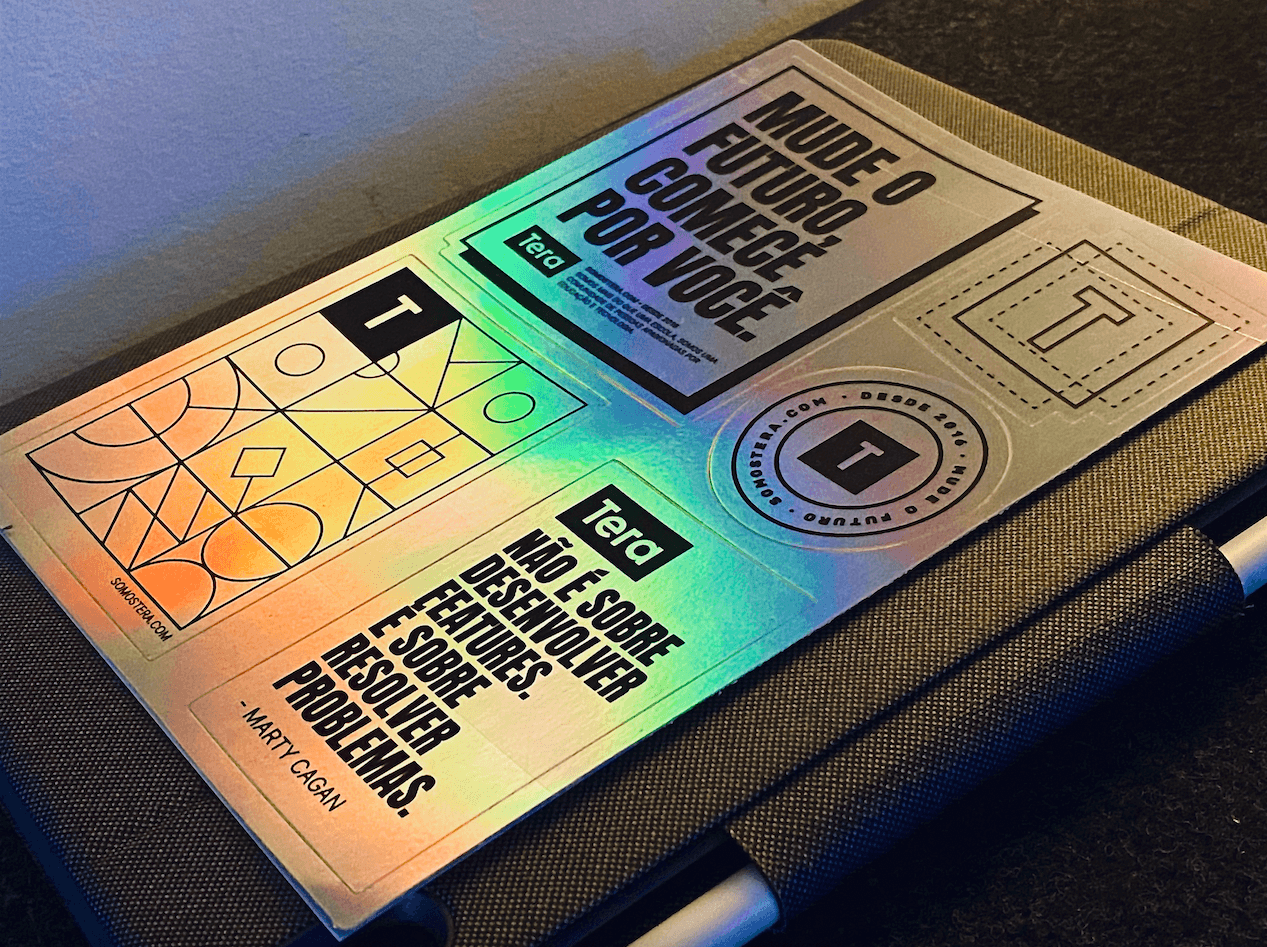
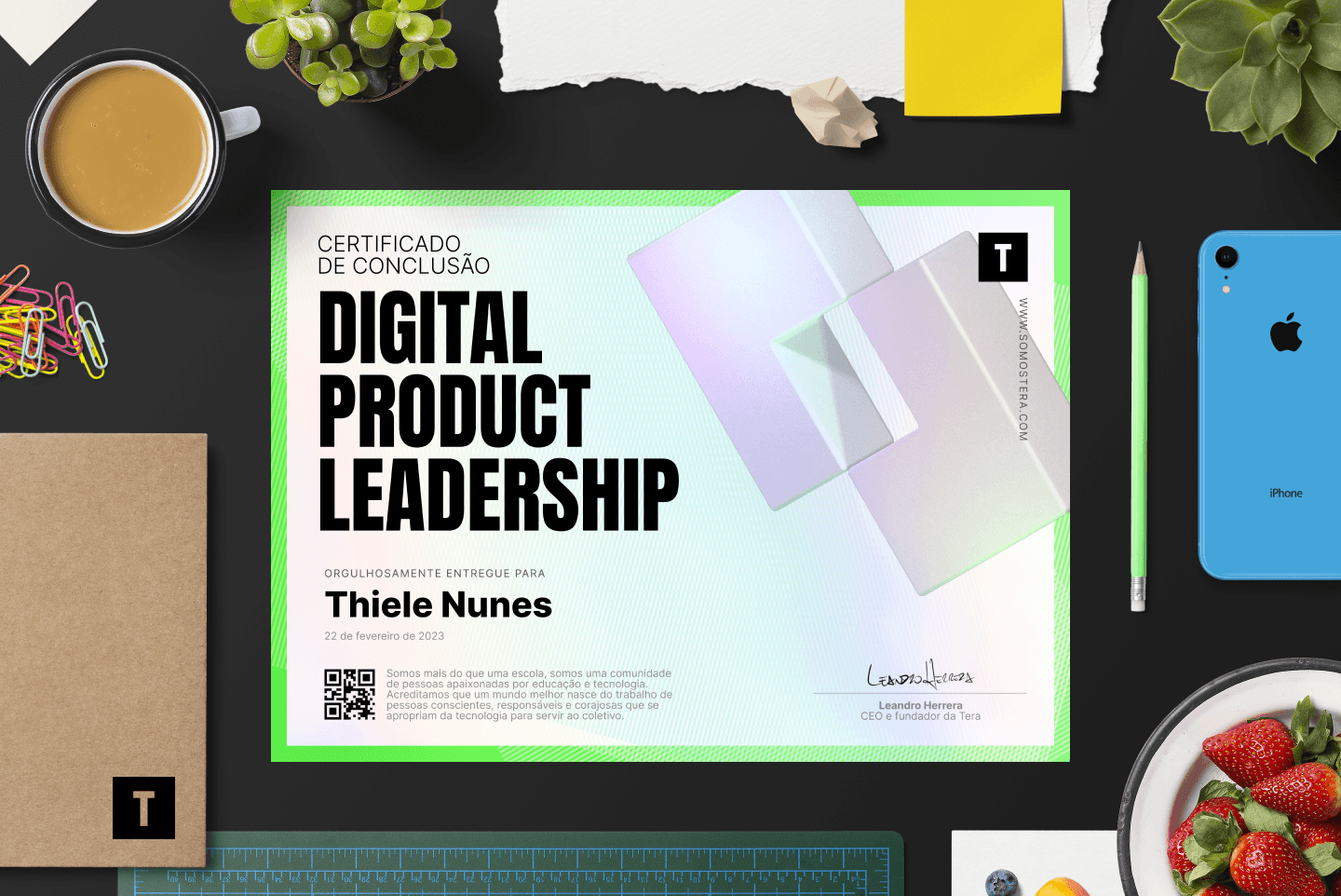
Team-led ideation, voting, and discussion to find new ways to scale course experience on day 2 of a Design Sprint.

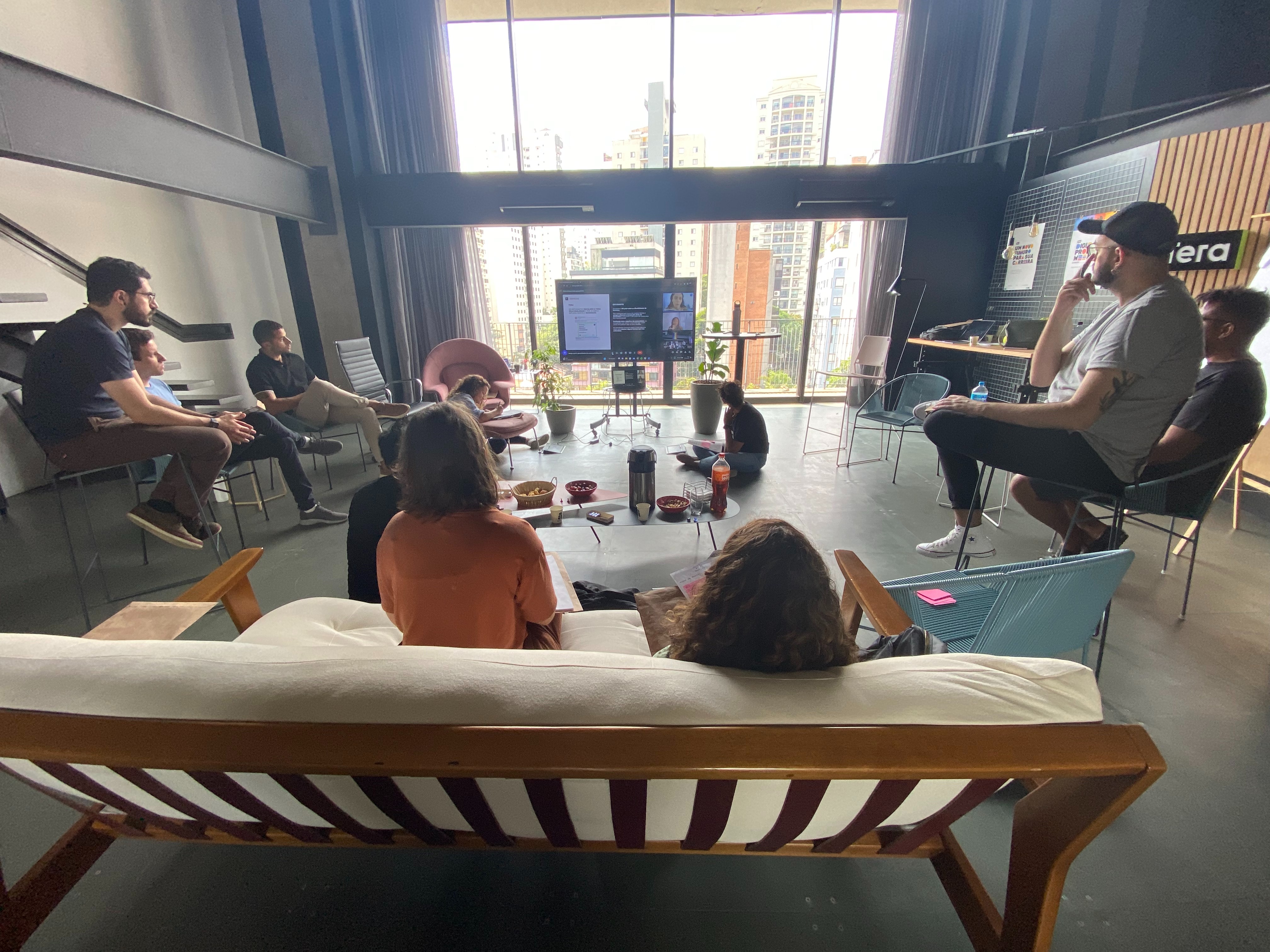
A multidisciplinary team at Tera conducted user interviews on day 5 of the Sprint to test prototypes.
The platform has evolved to encompass more touchpoints of Tera's study methodology, improving the student experience and enabling the company's rapid growth each year.
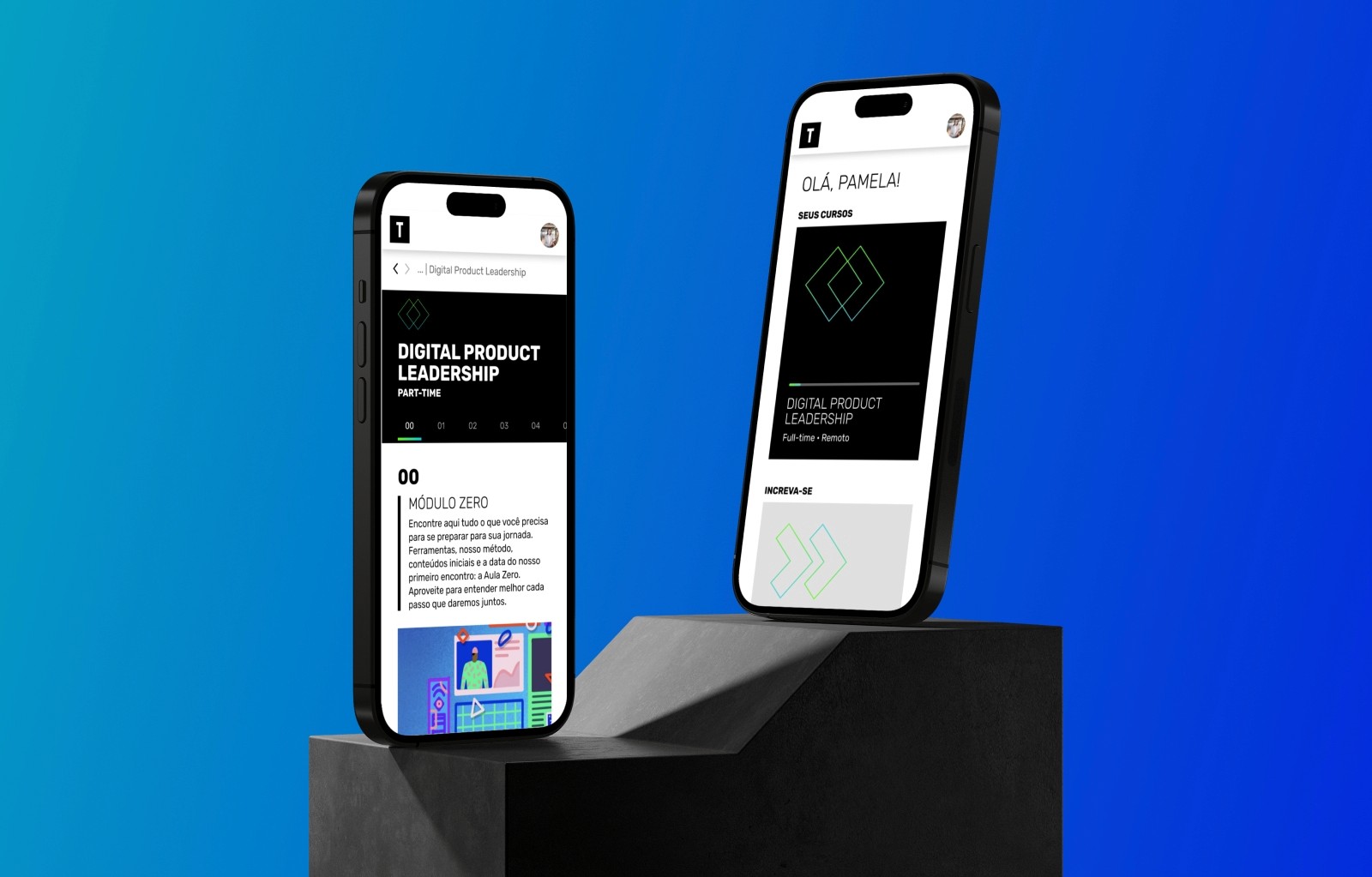
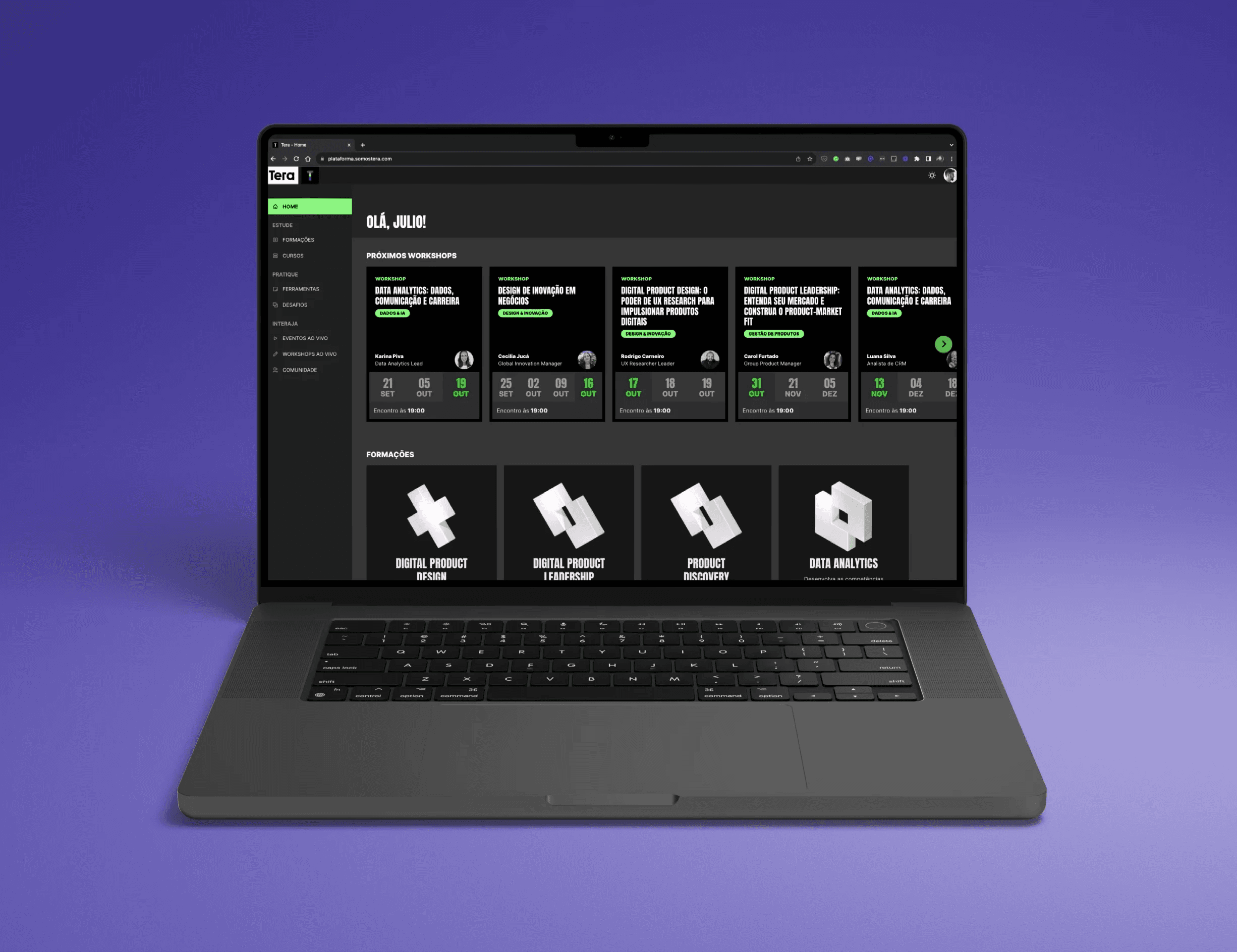
At Tera, Design and Content teams work together for the best learning experience.
In the foto: A crazy 8's presentation by Daniel Prata about new ways to organize the content in the platform.
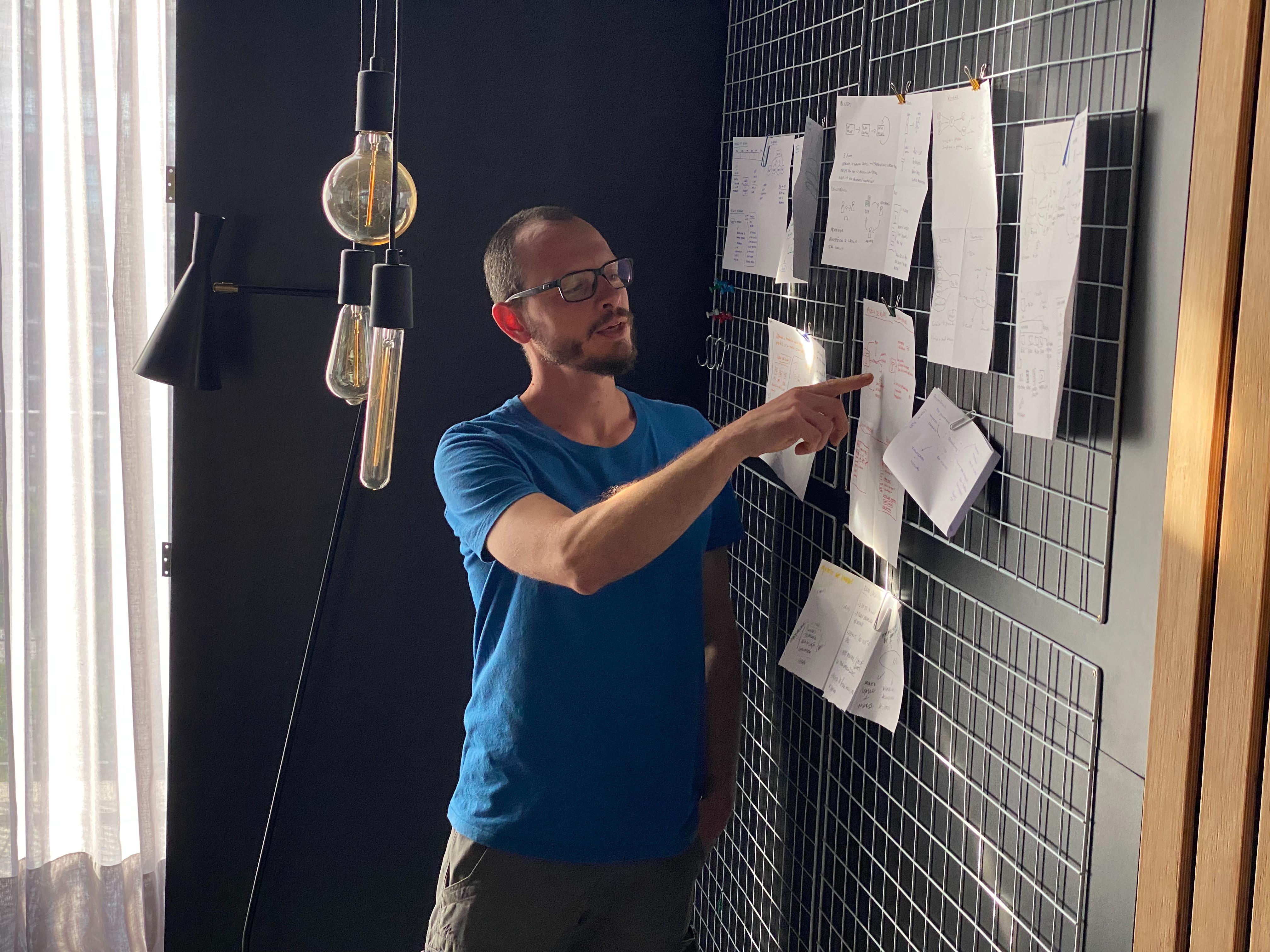
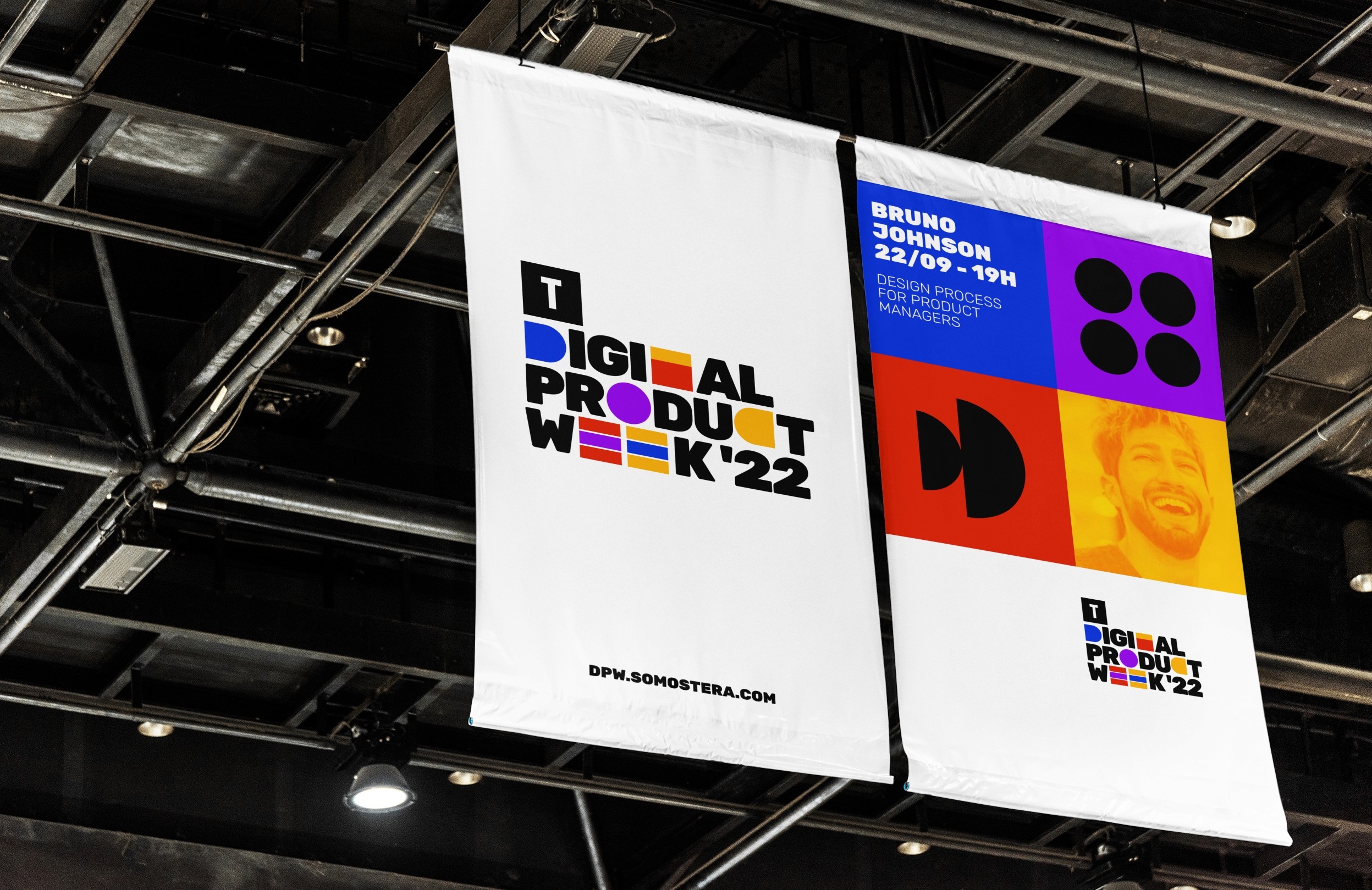



Back to Home
Next project